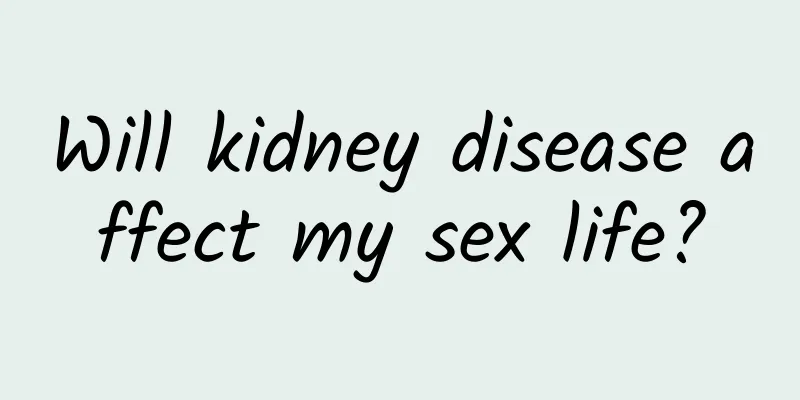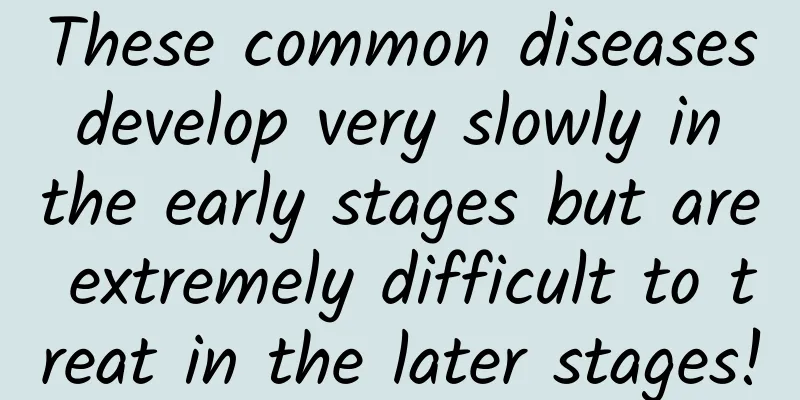Talk about "Old Rotten Feet"

|
This is the 4467th article of Da Yi Xiao Hu Lower limb ulcers, also known as "chronic foot ulcers" by the common people, seriously affect the patient's normal life because they cannot heal for a long time or recur after healing. Although they are all "chronic foot ulcers", they still have different causes and diagnoses, and some treatments are also completely different. Today, let's talk about different "chronic foot ulcers" - chronic lower limb ulcers. Among all chronic lower limb ulcers, about 70% are caused by venous hypertension, 10% are caused by arteries, 15% of the remaining 20% are confirmed to be caused by a combination of arteries and veins, and the other 5% are caused by trauma, infection and other factors. As we all know, veins are channels for returning blood from surrounding tissues to the heart, while arteries are channels for supplying blood from the heart to tissues throughout the body. Therefore, the clinical manifestations of ulcers caused by venous blood return obstruction and ulcers caused by insufficient arterial blood supply are significantly different. Lower extremity venous ulcers are prone to occur in the lower 1/3 of the calf, and are most common in the inner and outer ankles or the anterior tibia and other foot boot areas. The edges of the ulcer wound are irregular in shape and vary in size. Ulcers are prone to recurrence in the same area, and the base of the ulcer often has dark red unhealthy granulation tissue. The amount of exudate is usually large, and the skin around the ulcer is susceptible to eczema caused by exudate immersion. The skin of the lower extremities is obviously pigmented, hard, scaly, and itchy. Varicose veins are common. The pain is obvious, and the pain is relieved when exposed to cold or when the lower limbs are raised, but it is aggravated when they are drooping. Lower extremity arterial ulcers are more common in the lower leg and toes. The ulcers are generally small, with varying depths and smooth edges. Unlike venous ulcers, they do not have much exudate. The affected limb is cold, the skin is shiny and thin, and the hair is sparse. The pulsation of the foot artery is weakened or absent, and patients often have intermittent claudication. Unlike venous ulcers, the pain is aggravated when the affected limb is raised and relieved when it is lowered. Although arterial ulcers and venous ulcers have significantly different clinical manifestations, the best way to accurately judge is to perform Doppler ultrasound. Doppler ultrasound is usually used to compare the blood pressure in the lower leg and upper limbs to form the ankle/brachial blood pressure ratio (ABPI). ABPI>0.9 indicates normal blood supply to the lower limb arteries, and when ABPI<0.9 indicates insufficient blood supply to the lower limb arteries. Wound assessment and treatment of ulcers follow the same principles, removing risk factors, controlling infection, managing exudate, promoting healthy granulation growth, and promoting epithelial tissue growth. The difference is that venous ulcers need to improve venous return in the lower limbs. Exercises can be performed to contract the gastrocnemius muscles and promote venous return by using the gastrocnemius pump. Elastic bandages or compression stockings can also be used for pressure therapy. Arterial ulcers are different. Even if bandages are needed to fix wound dressings, there should be no pressure to ensure that the blood supply to the limb is not affected. Arterial ulcers are usually difficult to heal. It is very important to perform arterial surgery to improve arterial blood supply before the ulcer heals. Early vascular surgical reconstruction is the ideal treatment method. If the patient has severe rest pain, pain control should be an essential part of treatment. Quitting smoking is necessary because smoking will further lead to blood supply disorders in the lower limbs. Mild exercise helps the collateral blood supply to the limbs. Paying attention to keeping the limbs warm can relieve pain. Author: Emergency Department, Shanghai Eighth People's Hospital Liu Lifang |
<<: These 4 symptoms warn of high intraocular pressure, so be sure to pay attention!
Recommend
What is the beauty secret of the 31-year-old beauty?
It is said that women begin to wither like a flow...
How long will the pain last?
Medical abortion is more effective for pregnancie...
Can pregnant women with high blood sugar eat peaches?
Regular maintenance during pregnancy is a course ...
Pictures of discharge from metronidazole suppositories
It may take about 1 to 3 days for the discharge t...
Remedies for cold legs during confinement
Nowadays, many women often suffer from some disea...
Leucorrhea inspection cleanliness iv
By checking the cleanliness of leucorrhea, it is ...
Pancreas is on the brink of death again
This is the 4950th article of Da Yi Xiao Hu "...
Don't take vitamin supplements randomly! Authoritative magazine: Supplementing these vitamins may accelerate tumor growth and metastasis
Vitamin C is an important water-soluble vitamin. ...
What should women drink to detoxify and maintain beauty?
Women often have tremendous psychological pressur...
Suitable age for breast augmentation
Charming breasts are considered to be a symbol of...
Is moxibustion effective in treating dysmenorrhea?
Moxibustion is a method that many women choose to...
Taboos of wearing long skirts with shoes
There are some things to pay attention to when ma...
How to use Captopril
As people's living standards improve, the num...
If your liver is not healthy, you will not live long. These eating habits are very harmful to your liver. Do these to keep your liver healthy and your body strong.
The liver is the body's metabolic center and ...









